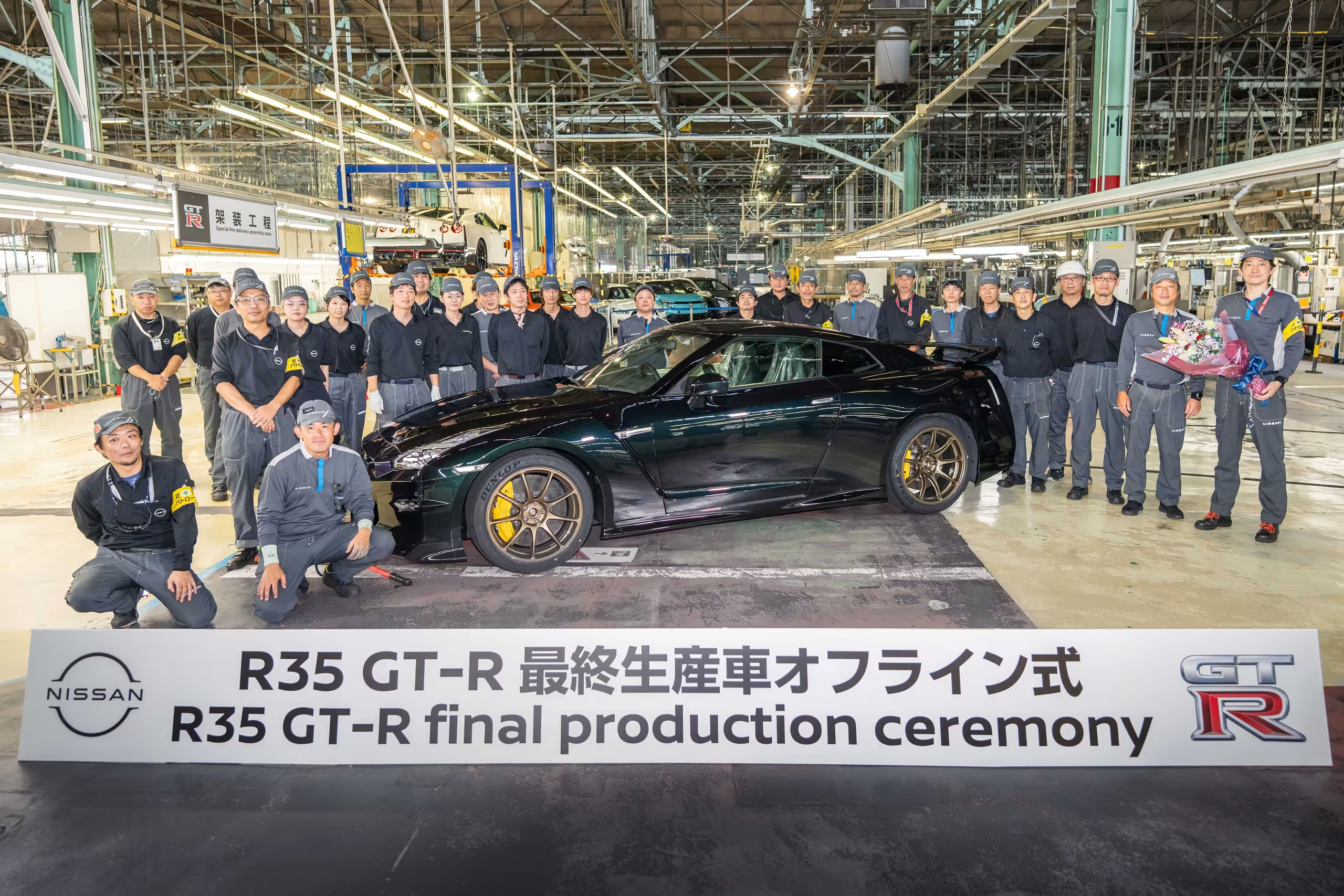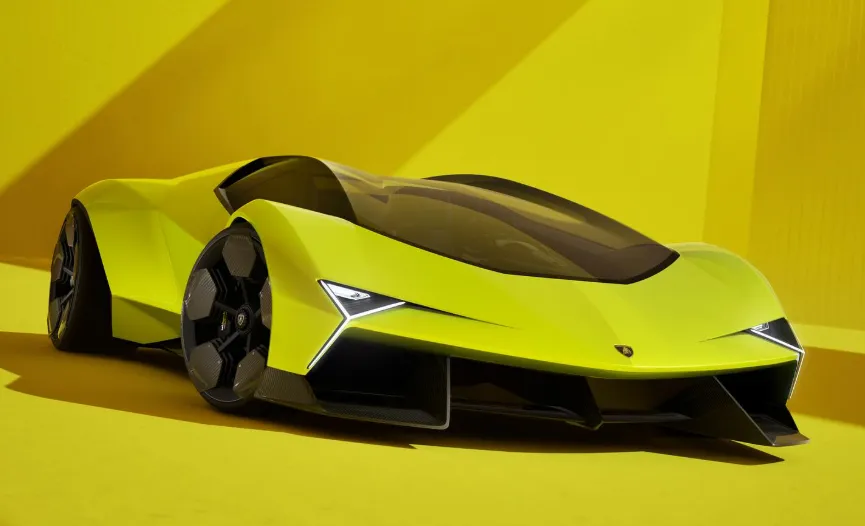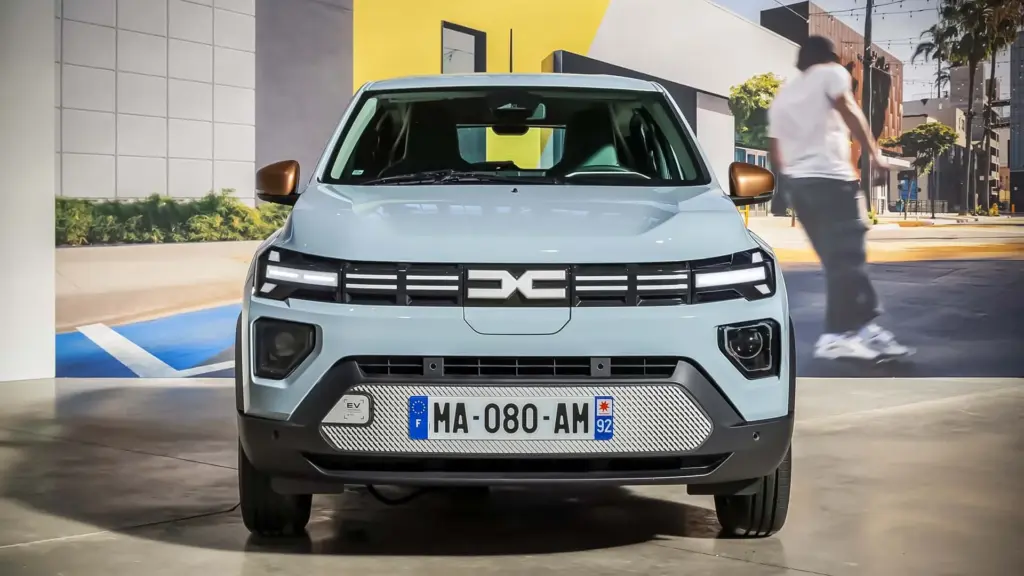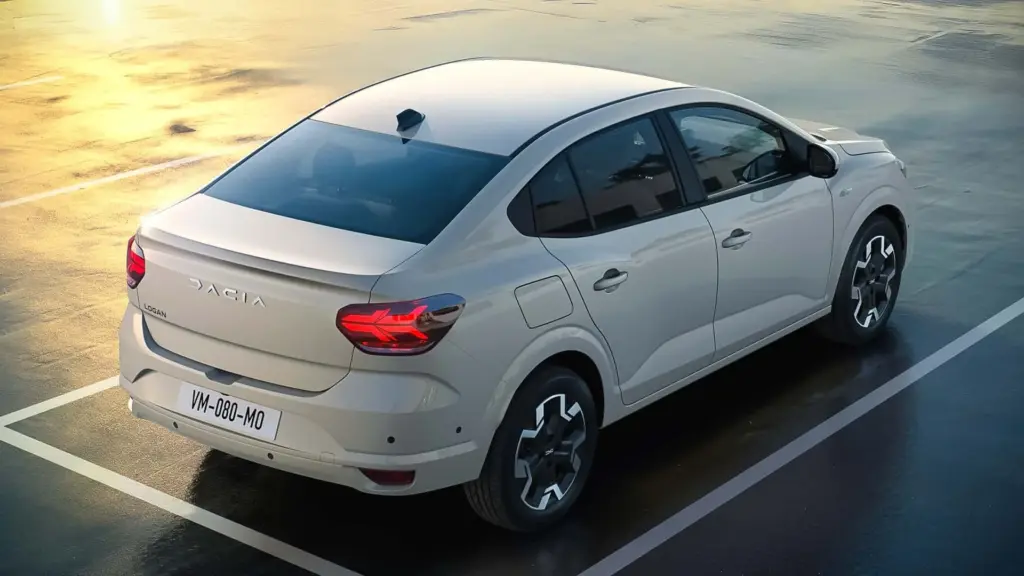It’s over. The Nissan GT‑R R35 ended its 18-year marathon with an 18‑T Spec in Midnight Purple — a farewell worthy of a legend. But the name GT‑R doesn’t die here; it simply moves to a new phase.
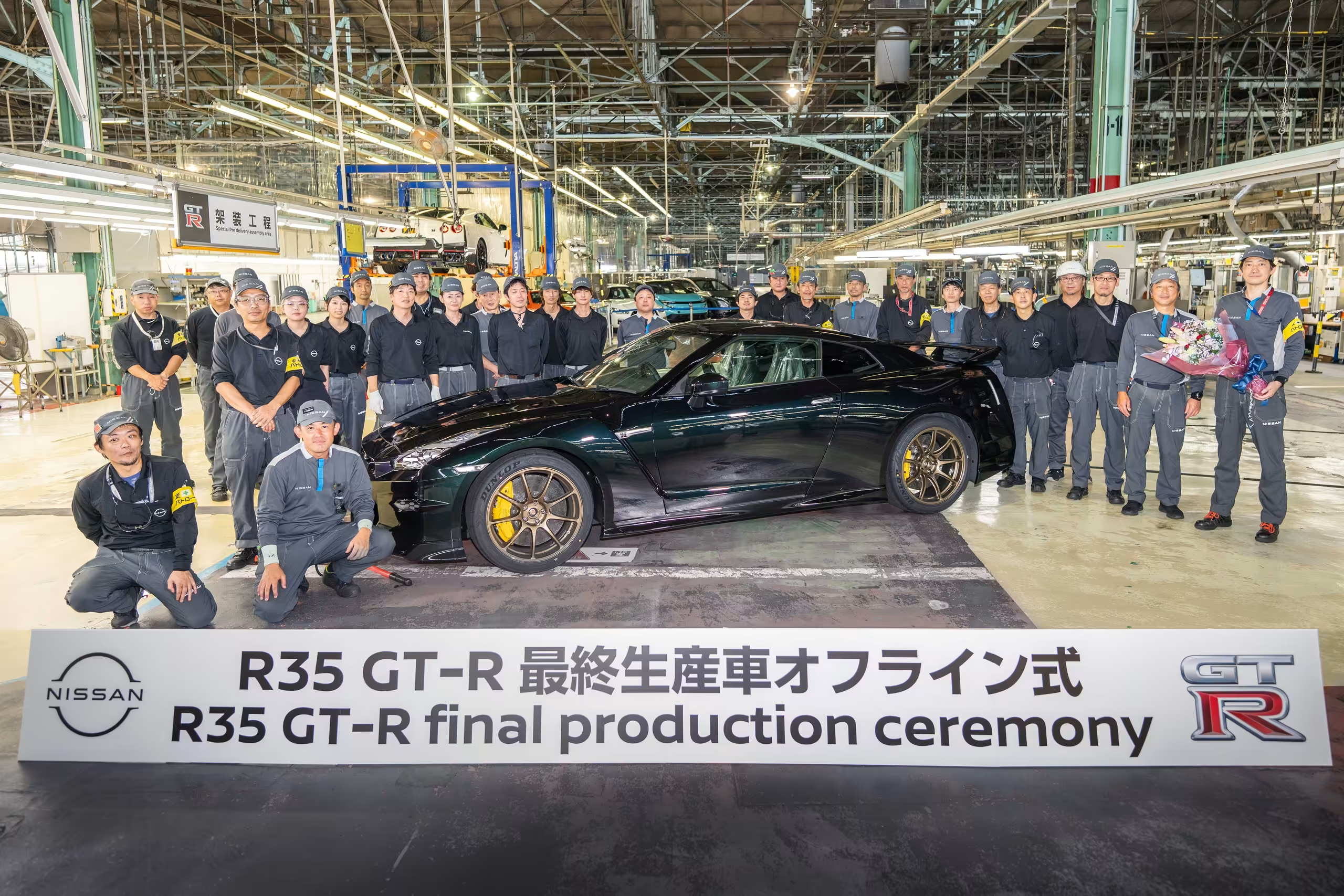
What makes the last Nissan GT‑R R35 a perfect farewell?
The final 18‑T Spec combines homage and performance. It features the 3.8L twin-turbo V6 with 565 hp, a dual-clutch transmission, and all-wheel drive with electronic torque vectoring. Light wheels, heritage colors, and balanced internals complete a cohesive package: muscular, direct, and collectible.
It’s also the close of a rare industry chapter: nearly two decades of continuous evolution, with about 48,000 units produced and updates that kept the model competitive. To understand the farewell scene, check out how the production of the GT‑R R35 came to an end and why it matters to enthusiasts.
How did the R35 stay relevant for 18 years of production?
It debuted as a showcase of technology, then matured into a “brawler” with its own character. The early versions were tough and raw; the later ones, more refined without losing their track brutality. On track days, prepared versions kept humbling much more expensive rivals.
Were there criticisms of its “digital character”? Yes. But the combination of functional aerodynamics, electronic traction control, and the handcrafted V6 turned the R35 into a legend. Also, understand how the regulatory challenges accelerated the decision to end this generation.
What are the specifications and technical evolution of the R35?
The heart is the VR38DETT — a 3.8L twin-turbo V6 with 565 hp in the 18‑T Spec, hand-built by skilled technicians (Takumi). The 6-speed dual-clutch transmission works with all-wheel drive and electronic management to keep the car glued to the road. Powerful brakes and a rigid chassis round out the package.
Technical highlights of the final 18‑T Spec
- 3.8L twin-turbo V6, 565 hp
- 6-speed dual-clutch transmission
- Active torque vectoring all-wheel drive
- Exclusive lightweight wheels
- Midnight Purple paint
- Balanced internals
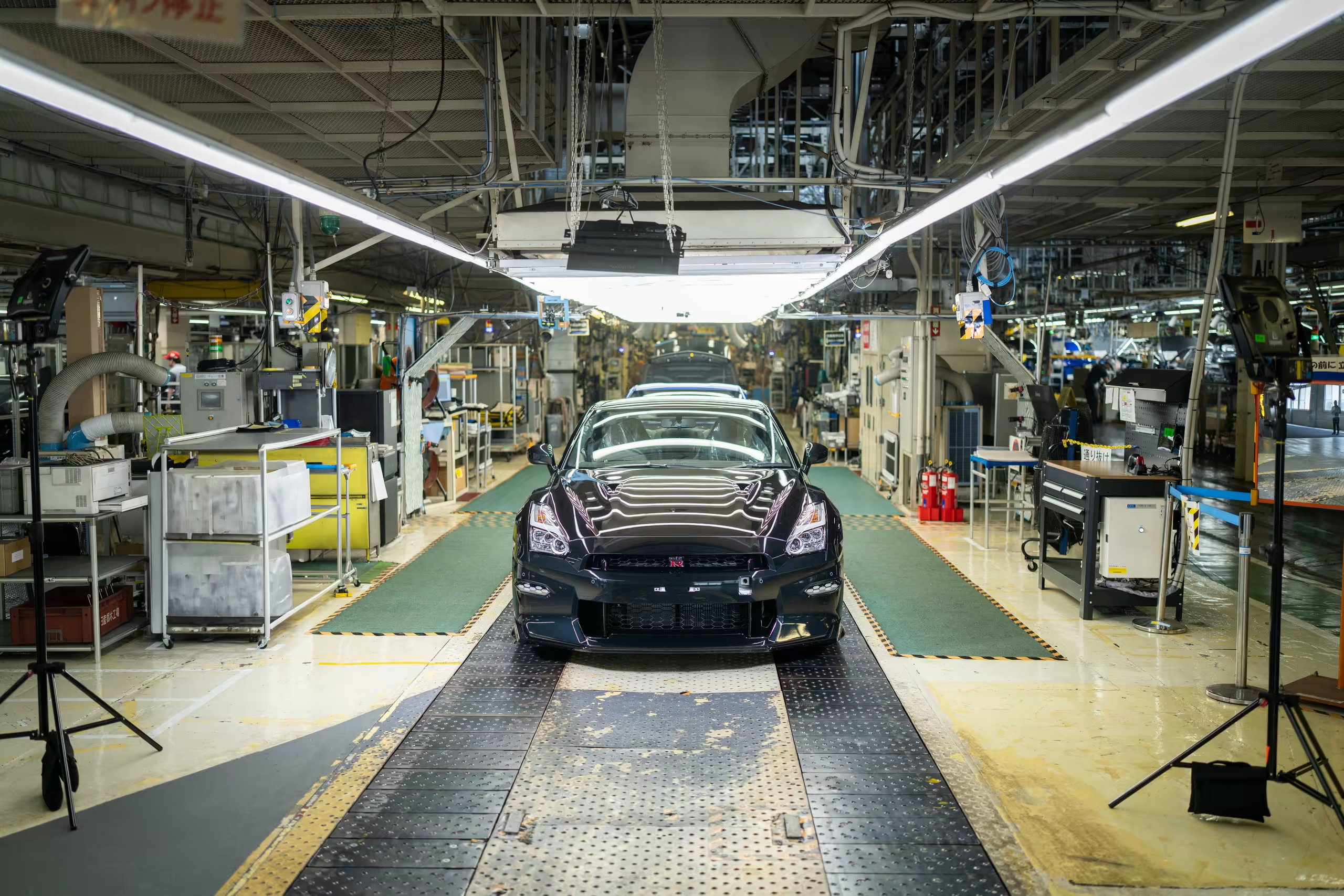
The engine production process has always been almost mystical: each unit signed by a Takumi, with fine tuning of vibration and delivery. The result? A “mechagodzilla” capable of commanding respect on historic tracks and high-level championships.
The spirit of performance remains alive in other Nissan projects, such as SUVs with sporty tuning and dedicated programs. The company’s motorsport division illustrates this path with models like the Nissan Armada NISMO, maintaining a culture of engineering focused on dynamics.
Will the GT‑R legacy return electrified? What to expect next?
The return of the GT‑R is considered certain — the format, not. High-performance hybrid and electric vectorization seem to be the natural path, combining instant torque with precise control. Nissan’s standard technologies, like the e‑Power technology, already demonstrate mastery in electrification for traction.
While the next GT‑R isn’t here yet, the sports car Z continues with internal combustion, and EVs are paving the global strategy. In electric mobility, the Nissan Leaf 2026 exemplifies advances in efficiency, software, and aerodynamics — elements that an electrified future GT‑R could explore.
R35 vs. track rivals (summary)
- 911 Turbo S: top of the line in lap times
- Corvette ZR1: brute force V8
- Acura NSX: surgical hybrid
- AMG GT: pure rear-wheel drive
- Rimac Nevera: EV with impressive numbers
- R35: value/performance x robustness
Is it worth collecting today? Which versions and details should you prioritize?
Yes, and now is the time. Look for special editions (T‑Spec, NISMO, commemorative series), iconic colors, and low mileage. Check maintenance history, DCT clutch condition, cooling systems, and track day records. An original unit signed by a Takumi with heritage paint is likely to increase in value.
Values vary greatly depending on the year, configuration, and rarity — negotiations are often in dollars or euros. The golden rule remains: originality, documentation, preventive maintenance, and technical expertise before buying. A well-maintained R35 is an R35 worth owning.

FAQ — quick answers
- Is the last R35 numbered? The final 18‑T Spec is identified by the farewell configuration; check documentation and the engine identification plate.
- Key difference between T‑Spec and NISMO? T‑Spec balances daily driving and track use; NISMO focuses on circuit, with more aggressive tuning and performance-focused components.
- Will there be electric or hybrid GT‑R? Indications point toward electrification. The exact format (hybrid/EV) will depend on performance goals and regulations.
- What is “Takumi” in the GT‑R? Master artisans who assemble the V6 individually, signing each engine after a rigorous quality validation.
What is your favorite memory of the R35? Leave your comment and tell us which version you would keep in your garage!
Author: Fabio Isidoro
Founder and editor-in-chief of Canal Carro, he dedicates himself to exploring the automotive universe with depth and passion. A car and technology enthusiast, he produces technical content and in-depth analyses of national and international vehicles, combining quality information with a critical eye for the public.

